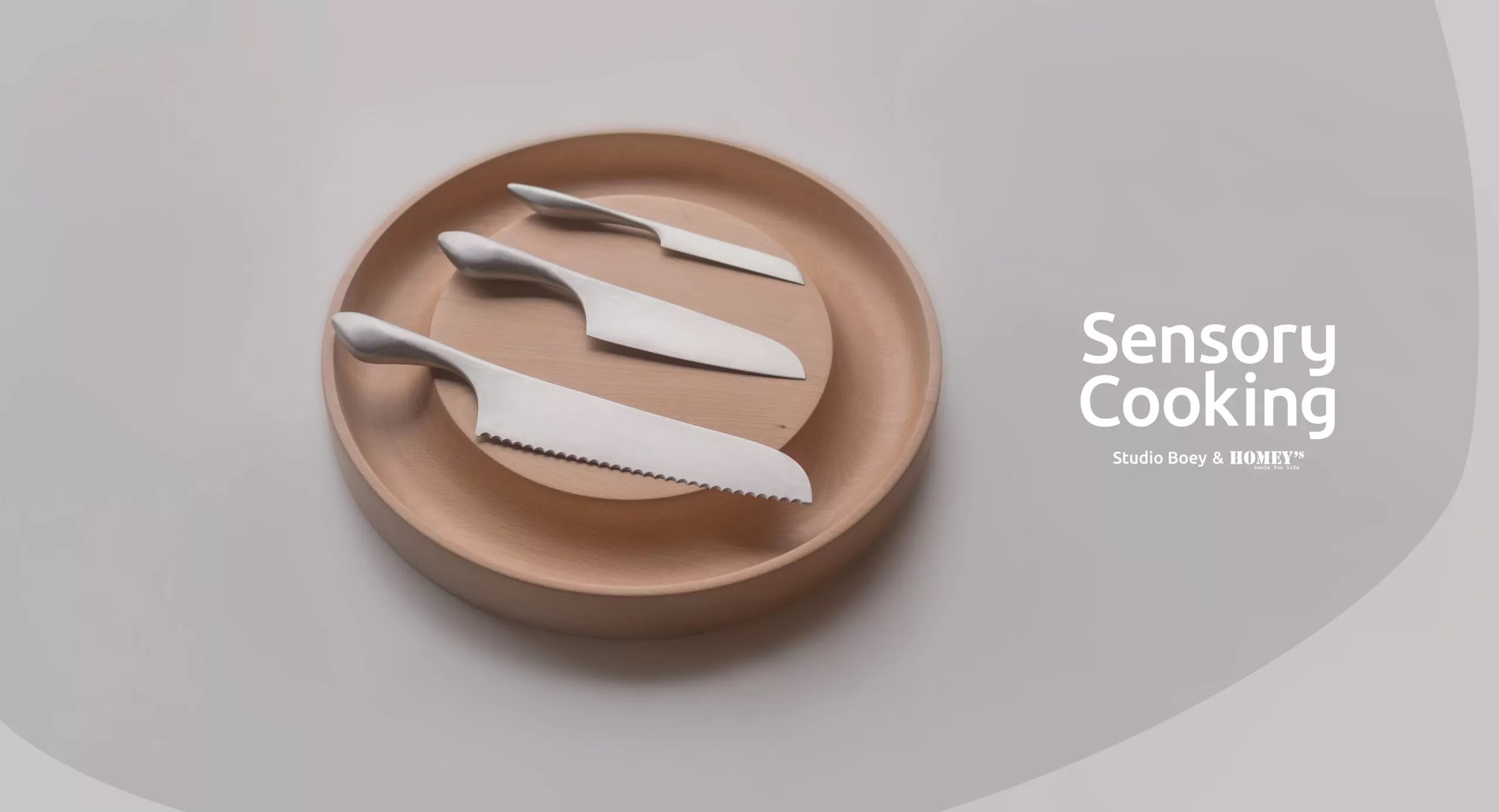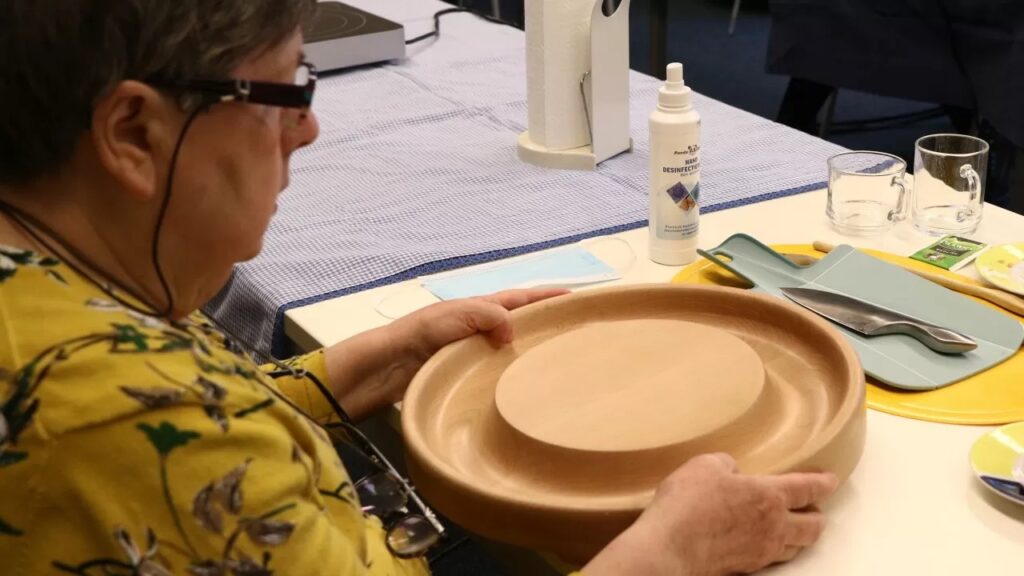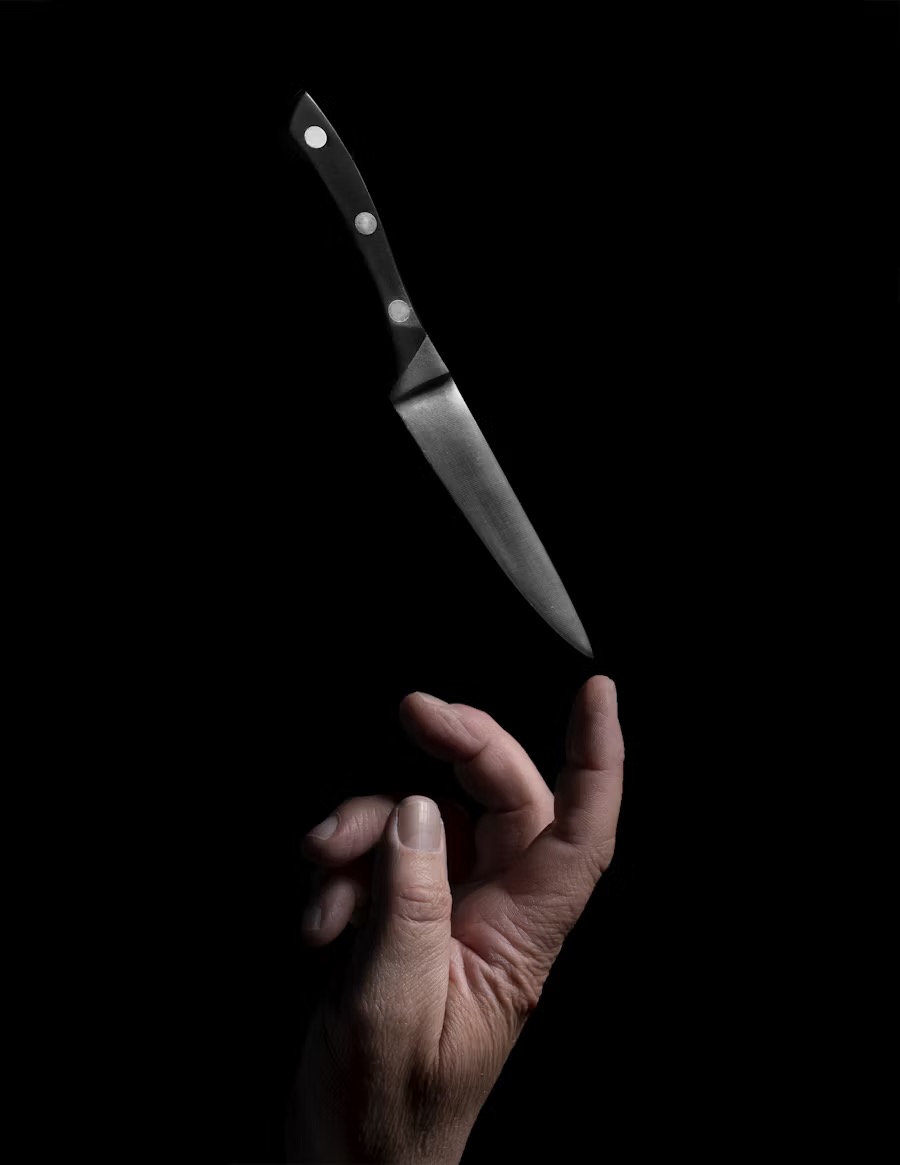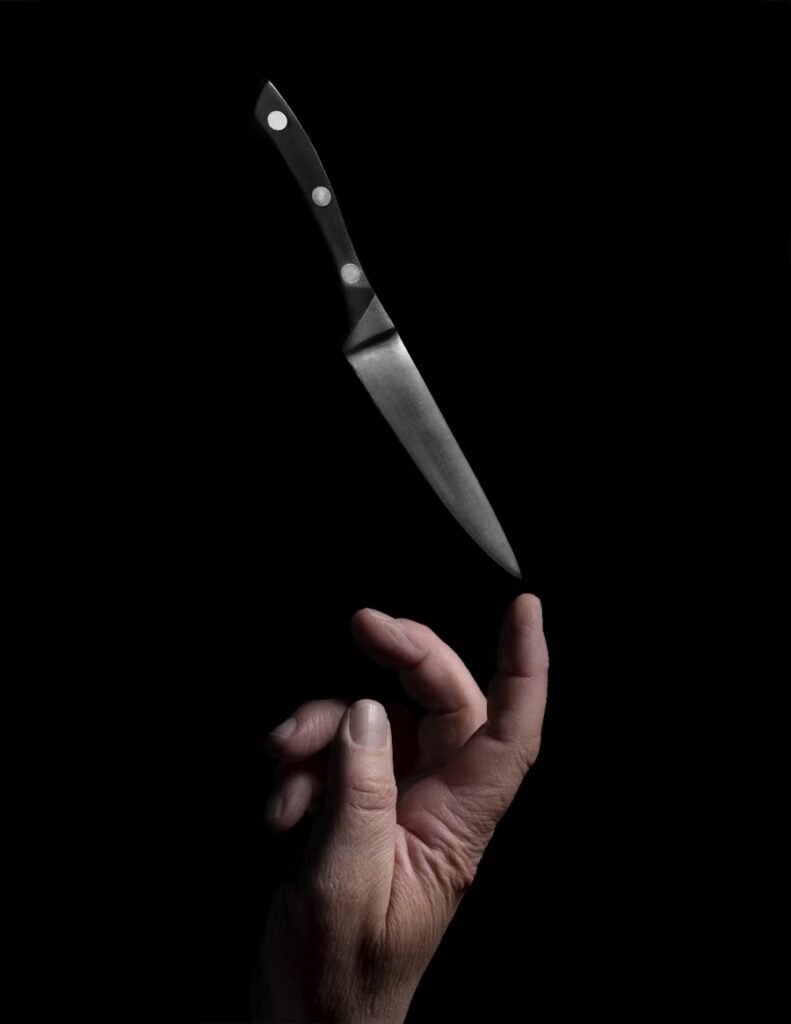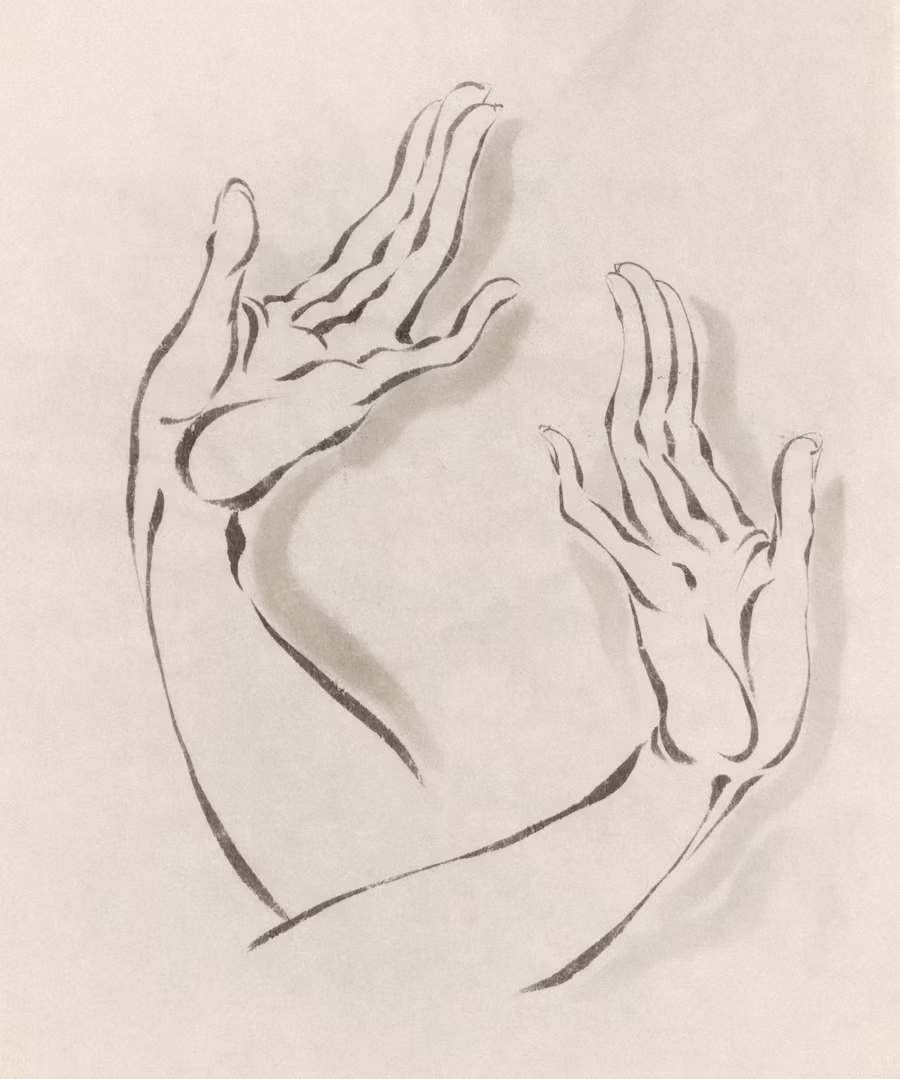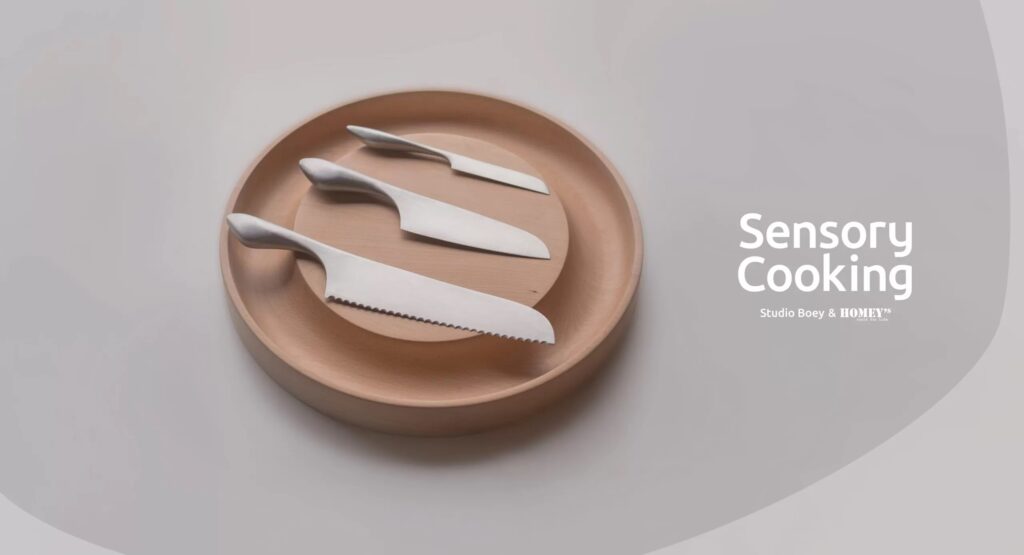
Cooking is something we all do. Across cultures and generations, it’s more than a way to nourish ourselves; it’s how we connect, share stories, and pass on knowledge. It’s a creative act, a ritual, a moment of joy or reflection. Yet for many, cooking can also feel like a chore. Why?
This can happen for all sorts of reasons: physical challenges, visual impairments, age, or just tools that don’t really work for the way we live and work in the kitchen.
That’s because many kitchen tools are designed with only one kind of user in mind: someone able-bodied, fast, and experienced. When you don’t match that profile, cooking can quickly turn from a simple task into a complicated obstacle.
But design has the power to change that. In recent years, more and more designers are creating kitchen tools that are intuitive, inclusive, and empowering. This has been made not by adding more tech, but by simplifying how things work. These low-tech, smart design solutions improve how people cook, and also make the kitchen a more inclusive space for everyone. Moreover, often these products end up being longer-lasting, more intuitive, and more sustainable too.
Here are three examples of kitchen tools that changed the way we interact with cooking by removing problems, with a low-tech perspective:
- The Moka Pot: A Democratic Espresso Machine Invented in Italy in the 1930s, the Moka pot brought espresso-style coffee into every home. Before, making espresso required large, expensive machines found only in cafés. The Moka pot made it possible to brew rich, aromatic coffee on a regular stove, in just a few minutes. Compact, affordable, and easy to use, it empowered people to start their day with a small ritual of care and comfort. It’s a perfect example of how good design can simplify and democratize daily routines.

2. OXO Good Grips: Tools for All Hands
OXO’s kitchen tools were originally designed for someone with arthritis. That’s why their handles are soft, oversized, and easy to grip. What started as a solution for one person’s need became a universal design success: their peelers, can openers, and spatulas are now beloved by people of all ages and abilities. It’s proof that when we design for accessibility, everyone benefits.
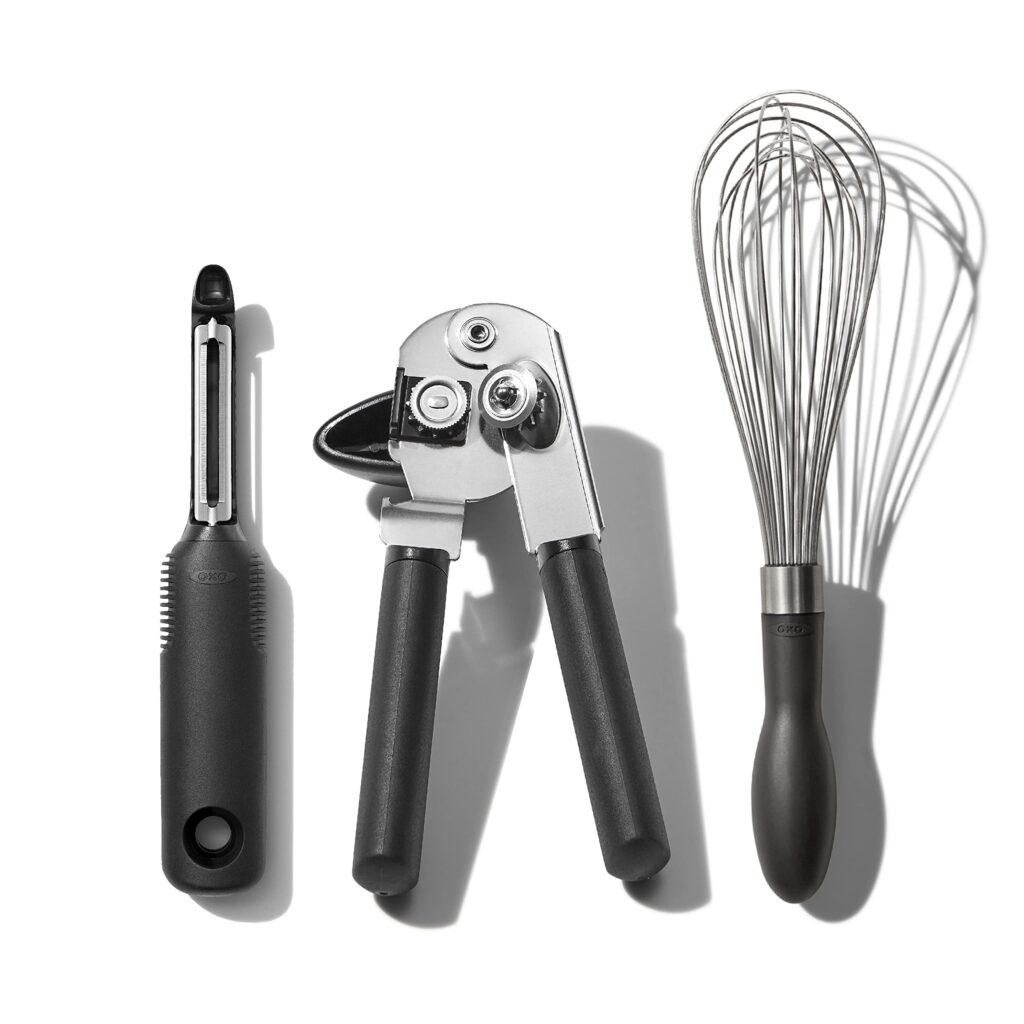
3. Studio Boey: Design Through Touch
At Studio Boey, our kitchen tools are designed based on the needs of blind and visually impaired users, starting with the sense of touch:
- The Knife: For someone who can’t rely on sight, cutting food might seem risky. But our specially designed knife offers close control. Small, ergonomic, and responsive, it fits naturally in the hand and gives the user precise feedback, almost like an extension of the body.
- The Cutting Board: Keeping chopped food contained is a challenge when you can’t see. That’s why our board has a designated cutting area and a surrounding groove to catch the pieces. A small compartment underneath stores the knife safely, reducing risk when reaching for it again.
- Haptic Measuring Cups: These measuring tools make sense by touch. Their shapes and sizes communicate information without needing sight, offering an intuitive and playful way to measure ingredients. They also raise questions about how we rely on vision in design and what it means to create something truly inclusive.

None of these tools rely on complex technology. They’re not “smart” in the digital sense, but they are incredibly intelligent in how they think about real users. They’re built to make tasks easier, faster, and more enjoyable, while being intuitive, durable, and accessible.
These low-tech tools, designed with real users’ needs in mind, are what can truly revolutionize the kitchen experience and challenge the status quo in both how we think the kitchen and product design.
